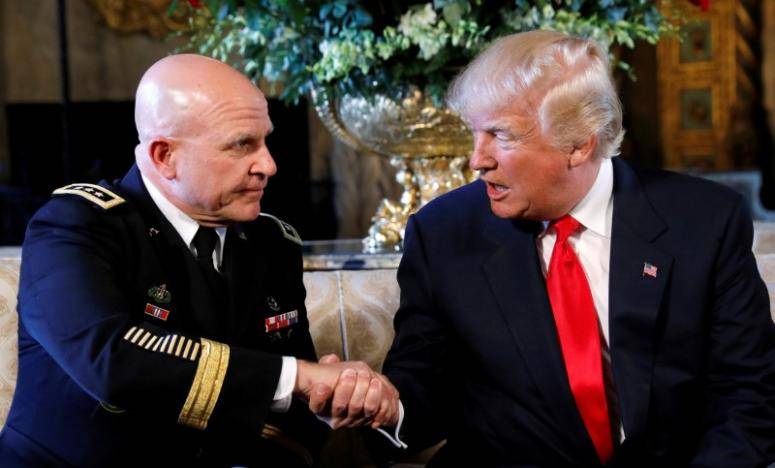Seoul/Tokyo (Reuters): The United States and South Korea agreed on Thursday to proceed with the deployment of an advanced U.S. missile defense system that has angered China, a day after North Korea's latest test launch drew condemnation across the volatile region.
Leaders and senior officials from the United States, South Korea and Japan spoke on Thursday to discuss the latest provocation from Pyongyang, hours before U.S. President Donald Trump begins a summit with Chinese counterpart Xi Jinping.
Analysts have said Wednesday's launch of a ballistic missile from North Korea's east coast probably took place with the summit in mind as the reclusive state presses ahead with its missile and nuclear programs in defiance of United Nations resolutions and sanctions.
Trump's national security adviser, H.R. McMaster, agreed in a phone call with his South Korean counterpart on the need to proceed with the deployment of the Terminal High Altitude Area Defense (THAAD) system in South Korea after Wednesday's launch.
South Korea and the United States say the sole purpose of the advanced THAAD system is to defend against missile launches from North Korea. However, China says the system's powerful radar could penetrate into its territory.
Despite angry opposition from Beijing, the United States started to deploy the first elements of its advanced anti-missile defense system in South Korea last month.
South Korean officials said McMaster spoke with his counterpart in Seoul, Kim Kwan-jin, on Thursday morning to discuss the North's missile launch and the Trump-Xi summit.
South Korea's presidential Blue House said in a statement, "Both sides agreed to pursue ... plans in order to substantially strengthen the international community's sanctions and pressure on North Korea."
The statement further added that both leaders agreed to push forward the deployment of THAAD by U.S. forces in Korea.
"SERIOUS THREAT"
In a phone call with Trump, Japanese Prime Minister Shinzo Abe said the two leaders had agreed that North Korea's latest ballistic missile launch was "a dangerous provocation and a serious threat".
Abe told reporters at his official residence he was watching to see how China would respond to Pyongyang after Xi meets Trump at the U.S. leader's Mar-a-Lago resort in Florida.
In brief comments televised nationally, Abe also said Trump had told him all options were on the table.
The White House said in a statement Trump "made clear that the United States would continue to strengthen its ability to deter and defend itself and its allies with the full range of its military capabilities".
Trump has repeatedly said he wants China to do more to exert its economic influence over its unpredictable ally in Pyongyang to restrain its nuclear and missile programs, but China denies it has any overriding influence on North Korea.
On Sunday, Trump held out the possibility of using trade as a lever to secure Chinese cooperation, while suggesting Washington might deal with Pyongyang's nuclear and missile programs on its own if need be.
Any launch of objects using ballistic missile technology is a violation of U.N. Security Council resolutions. The North has defied the ban, saying it infringes on its sovereign rights to self-defense and the pursuit of space exploration.
U.S. officials said the missile launched on Wednesday appeared to be a liquid-fueled, extended-range Scud missile that only traveled a fraction of its range before spinning out of control.
They said it flew about 60 km (40 miles) from its launch site near Sinpo, a port city on the North's east coast where a submarine base is located.
Military officials in the United States and South Korea had initially said assessments indicated it had been a KN-15 medium-range ballistic missile, the same kind North Korea test-launched in February.
As well as a growing list of ballistic missile launches, North Korea has also conducted two nuclear weapons tests since January 2016.


